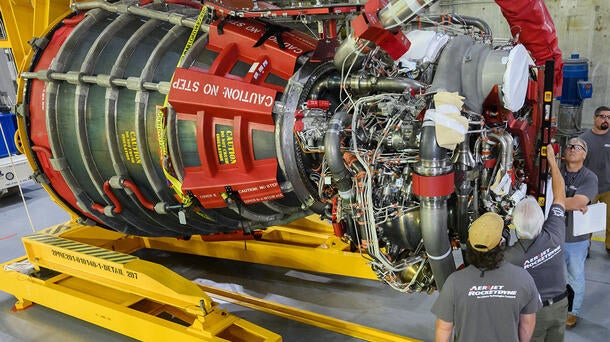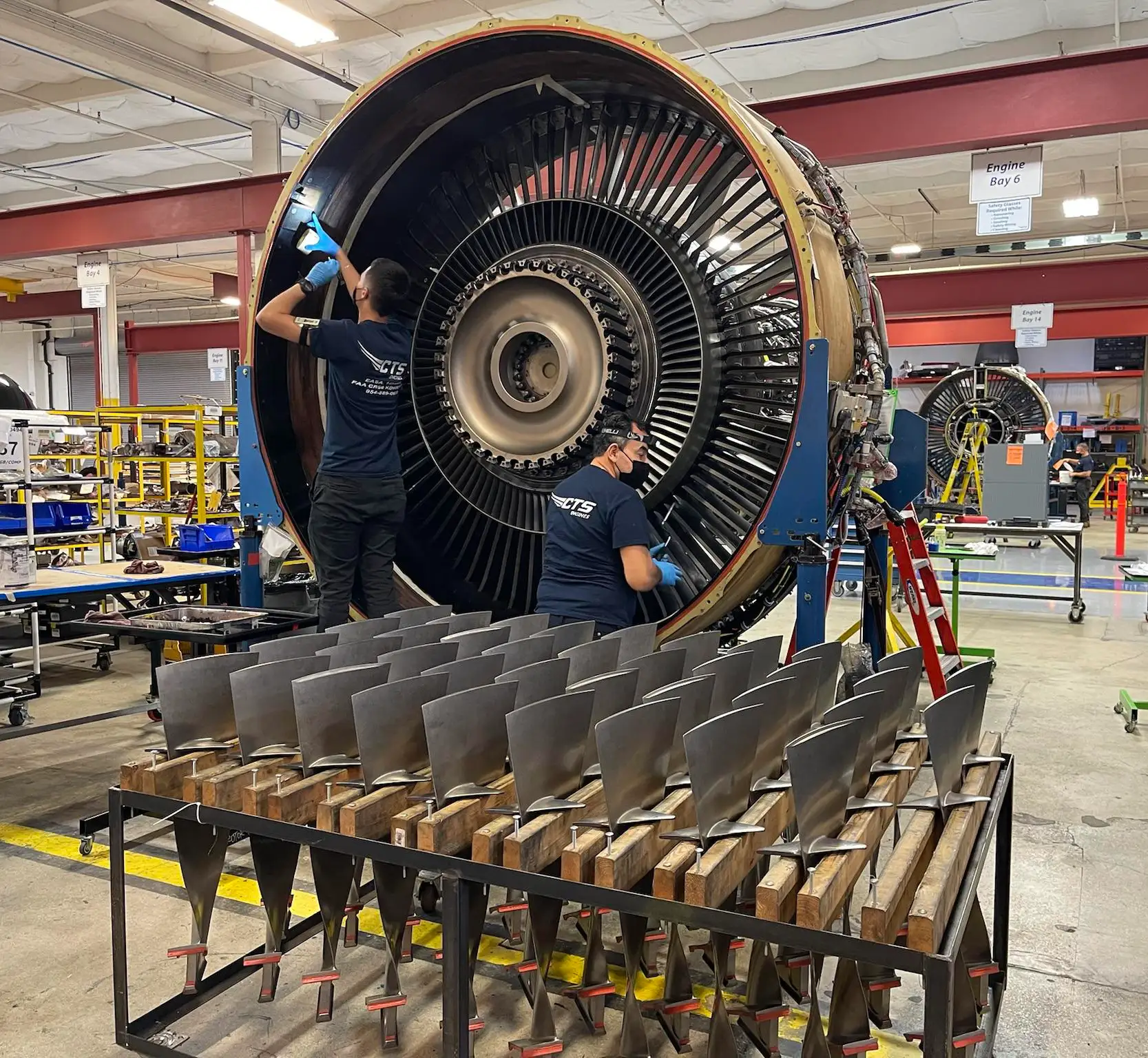Store Engines for Africa and More at Our Comprehensive Auto Components Store
Store Engines for Africa and More at Our Comprehensive Auto Components Store
Blog Article
The Pursuit for Ultimate Driving Power: Examining the Pinnacle of Engine Efficiency and Technological Advancements in the Automotive Field
In the realm of auto engineering, the pursuit of maximum driving power has actually been a ruthless quest that has actually unfolded via the development of engine style and the assimilation of sophisticated modern technologies. From the careful craftsmanship of burning engines to the fast improvements in electric propulsion systems, the vehicle market stands at the cusp of a brand-new period identified by extraordinary efficiency capacities.
Advancement of Engine Design

In addition, the assimilation of turbocharging and turbo charging innovations has actually revolutionized engine design by improving power without significantly enhancing engine size. These forced induction systems press the consumption air, permitting even more fuel to be ignited, therefore producing higher power result from a smaller engine. This innovation has been especially crucial in improving the efficiency of smaller variation engines while preserving fuel efficiency standards.

Performance-Enhancing Fuel Technologies
The execution of advanced fuel technologies has considerably added to boosting engine performance in contemporary automobiles. From typical gas and diesel to innovative biofuels, artificial gas, and hydrogen, the automobile field is observing a revolution in gas alternatives. Biofuels, originated from renewable resources like algae, corn, or sugarcane, offer improved and reduced exhausts engine efficiency. Synthetic fuels, generated through chemical processes, offer high octane rankings, boosting power result. Hydrogen gas cells, although still in the beginning of fostering, show wonderful assurance as a result of their zero-emission nature and possibility for high efficiency. Furthermore, fuel ingredients and cleaning agents are being created to tidy engine components, enhance burning, and lower rubbing, therefore increasing overall car efficiency. With continuous study and advancement, the quest for the utmost driving power proceeds, as engineers aim to unlock the full capacity of performance-enhancing gas modern technologies in the automotive industry.
Developments in Electric Propulsion
Considerable strides in electric propulsion modern technology have actually changed the auto industry, paving the means for a new period of sustainable and reliable transport. Electric lorries (EVs) are obtaining popularity because of their ecological benefits and developments in battery technology, making it possible for longer driving varieties and much shorter billing times. Suppliers are spending heavily in research study and growth to improve the performance of electrical propulsion systems, concentrating on increasing power result, enhancing energy efficiency, and lowering total weight.
One noteworthy development in electric propulsion is the development of sophisticated electrical motors that provide greater torque and power thickness, leading to enhanced velocity and total driving performance. Additionally, regenerative stopping systems have been refined to catch and save energy during slowdown, further increasing the performance of EVs.
Furthermore, the assimilation of smart innovations, such as man-made knowledge and predictive analytics, is enhancing the management of electric propulsion systems, making certain ideal efficiency under different driving problems. These improvements in electric propulsion are reshaping the automobile landscape, driving the industry in the direction of an extra lasting and energized future.
Impact of Computational Liquid Dynamics
With developments in electrical propulsion pushing the boundaries of vehicle modern technology, the assimilation of Computational Fluid Dynamics is playing a pivotal role in enhancing wind resistant performance and boosting total efficiency in automobile style. Computational Fluid Characteristics (CFD) involves the usage of computer system simulations to analyze the flow of air around a car, enabling designers to predict exactly how layout changes will certainly influence aerodynamics without the need for pricey physical models. By accurately modeling air flow patterns, CFD enables the refinement of vehicle shapes to minimize drag, enhance air conditioning, and boost stability.
One trick advantage of making use of basics CFD in automobile layout is the capability to repeat rapidly, discovering many layout variants to recognize the most aerodynamically efficient solutions. This repetitive procedure results in automobiles that are not only sleeker and a lot more visually enticing but also extra ecologically pleasant and fuel-efficient. Additionally, CFD makes it possible for designers to enhance air movement around components such as radiators, engine bays, and wheel wells, adding to improved efficiency and total driving experience. To conclude, the combination of Computational Fluid Dynamics stands for a considerable progression in the mission for ultimate driving power and effectiveness in the automotive sector.
Future Trends in Engine Innovation
In the vibrant landscape of vehicle design, innovative innovations are forming the future trajectory of engine technology. The future of engine style is noted by a solid emphasis on performance, performance, and sustainability. Suppliers are significantly concentrating on developing engines that not just deliver high power outputs yet additionally prioritize anonymous ecological responsibility by decreasing emissions and boosting fuel effectiveness.
One prominent fad in engine advancement is the surge of electrification. Crossbreed and electrical powertrains are gaining traction as viable choices to typical combustion engines. These technologies offer the potential for significant reductions in carbon discharges and increased power efficiency, straightening with worldwide efforts to combat environment adjustment.
Furthermore, innovations in materials science and manufacturing methods are enabling the manufacturing of lighter and much more resilient engine components. This shift in the direction of light-weight products such as carbon fiber and light weight aluminum alloys adds to boosted efficiency and fuel economy.
Verdict
Finally, the search of ultimate driving power in the automotive industry remains to drive improvements in engine design, gas modern technologies, electrical propulsion, and computational liquid dynamics. The advancement of these technologies is forming the future of engine advancement, leading the way for more effective and reliable lorries (engines for africa). As the sector proceeds to push the limits of what is feasible, we can anticipate to see much more cutting-edge advancements in the pursuit for peak efficiency
One of the essential landmarks in engine design advancement is the shift from traditional carbureted engines to contemporary fuel-injected systems. By precisely metering the fuel shipment to each cyndrical tube, fuel-injected engines enhance combustion, resulting in better performance and minimized environmental news influence.
Moreover, the integration of turbocharging and supercharging technologies has revolutionized engine style by increasing power without significantly enhancing engine size (engines for africa).The execution of sophisticated fuel modern technologies has actually substantially contributed to improving engine performance in modern-day lorries. In addition, fuel additives and detergents are being developed to clean engine components, enhance combustion, and minimize friction, thus improving general automobile efficiency
Report this page